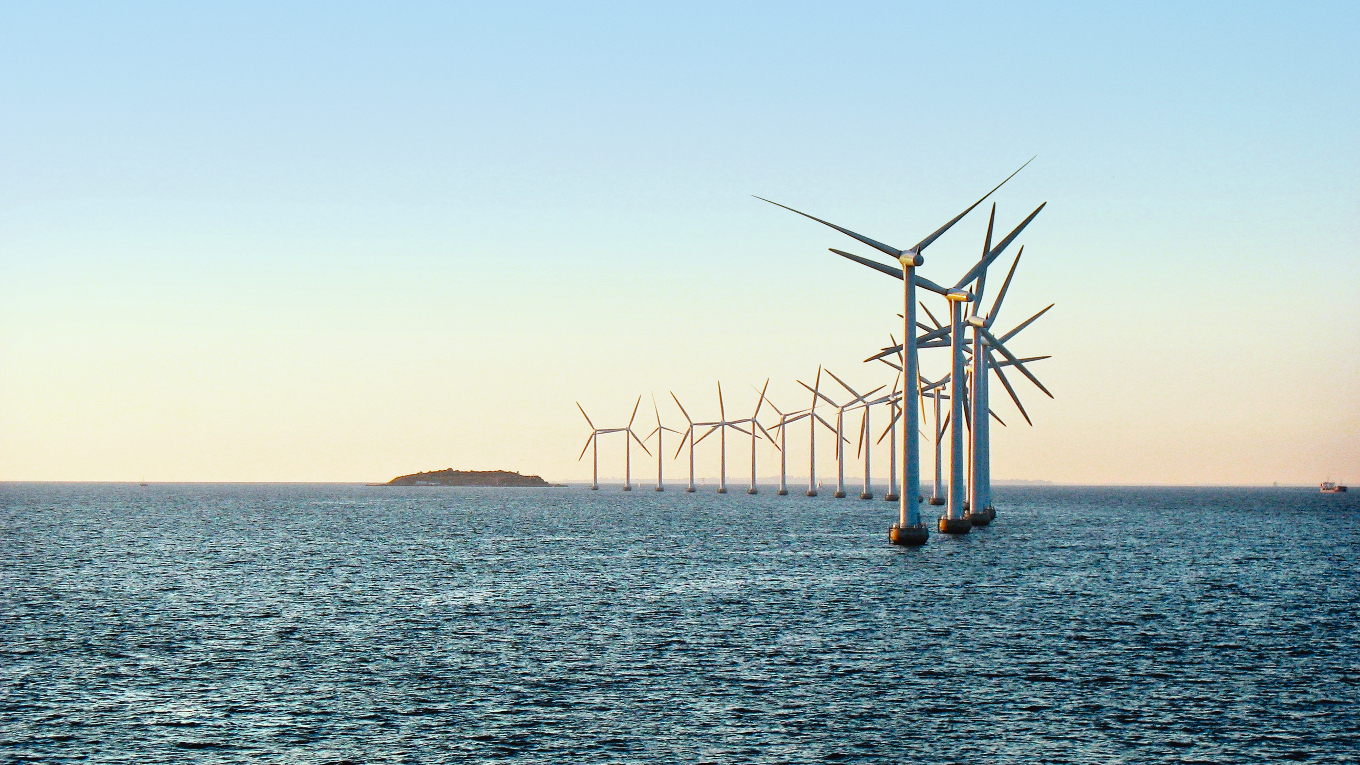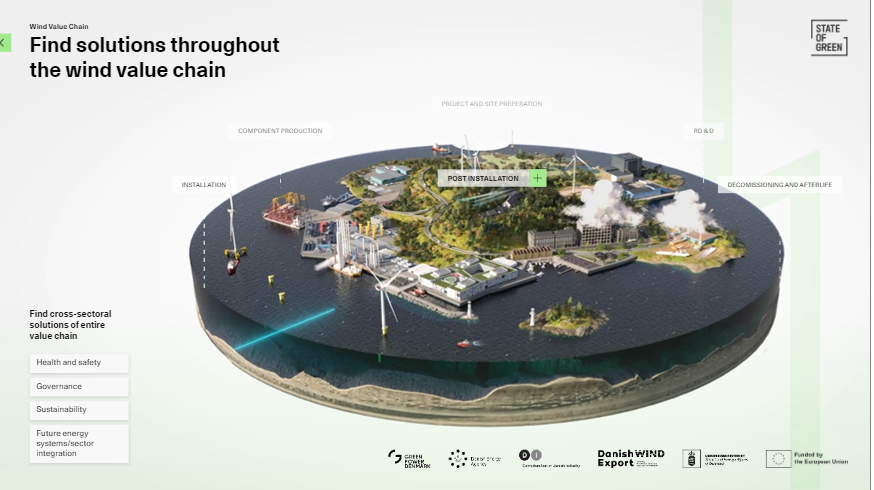Discover the Danish Wind Value Chain
From R&D, installation and grid management to sustainable supply chain. Discover cross-sectoral solutions across the entire Danish wind value chain.
Discover the Danish wind value chainNews
Offshore wind
Green hydrogen
Power-to-x
+3



From R&D, installation and grid management to sustainable supply chain. Discover cross-sectoral solutions across the entire Danish wind value chain.
Discover the Danish wind value chainThe framework for the largest offshore wind tender in Danish history has been laid. On 30 May, a broad majority of the Danish parliament entered into an agreement that establishes the framework to expand Denmark’s offshore wind capacity to 9 GW by 2030.
The number could potentially grow to 14 GW or more if the offshore wind installers use the freedom included in the agreement to fully build out the capacity in the designated areas. When up and running, the offshore wind parks can thus deliver green energy to around 14 million Danish and European households and provide energy for Power-to-X products such as green hydrogen.
Due to the fact that the market for offshore wind has become much more favourable over recent years, the agreement seeks to ensure that the Danish society as a whole also gets a share of the revenue generated in Danish waters. This is done through the bidders’ concession payment in combination with a projected 20 percent state co-ownership of the tenders.
Currently, the combined capacity of all offshore wind turbines in Danish waters is 2.3 GW.
Denmark’s Minister for Climate, Energy and Supply Minister Lars Aagaard:
“The agreement makes Denmark greener. When the turbines are spinning, we can cover all our electricity consumption with green power – even to such an extent that we can contribute to Europe’s green transition and security of supply. Now, we can finally give the market the green light for the development of potentially 14 GW of offshore wind or more, and for the first time, the state and the Danes will get a share of the actual income from offshore wind. We are introducing some new requirements for sustainability and establishing a marine nature fund, so that nature is also considered. The next chapter is to be written in collaboration with the market players, as they are the ones to further push the needle.”
Denmark’s Acting Minister for Economy Stephanie Lose:
“We have entered into a broad agreement that sets the framework for a historically large expansion of green electricity. The Danish marine areas will be an engine in the green transition – not just in Denmark, but throughout Europe. The agreement will also strengthen the security of supply and support Danish strongholds and job creation. At the same time, it will contribute to making Europe more independent from e.g. Russian gas. Finally, the agreement ensures that the whole of society will benefit from the Danish wind resources.”
Denmark’s Minister for Business Morten Bødskov:
“It is a historic day in every way. With the agreement, we are utilising and developing our stronghold within offshore wind on a historically large scale. This must be done in cooperation between the state and business. And it will be very specific: the parties to the agreement agree that the state must be a co-owner of the individual offshore wind farms. To ensure that Danish society gets a fair share of the future income when our shared ocean resource is used for offshore wind. The co-ownership is a sign of confidence for the developers that the government wants to invest in the green transition – together with them and for the benefit of the society,”